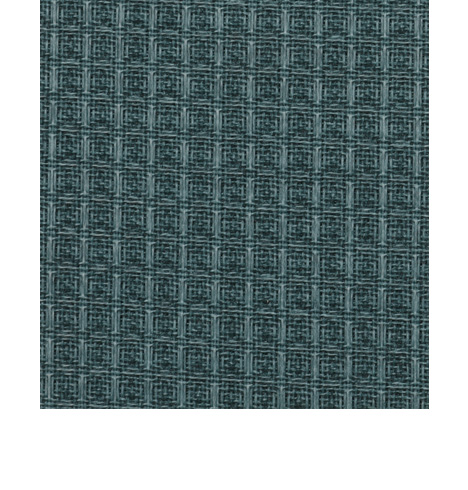The surface texture of vertical blinds fabric plays a significant role in its ability to repel dust and other airborne particles. Here’s how:
Smooth vs. Textured Surfaces: Fabrics with smooth surfaces tend to accumulate less dust because there are fewer places for dust particles to cling to. Textured surfaces, on the other hand, may have crevices or irregularities where dust can settle more easily.
Static Electricity: Some fabrics are treated to be anti-static, which reduces the attraction of dust particles. Smooth surfaces generally exhibit less static buildup compared to rough or textured surfaces.
Ease of Cleaning: Smooth surfaces are often easier to clean with a simple swipe or vacuum, removing dust more effectively. Textured surfaces may require more effort to clean thoroughly, as dust can settle into the textured areas.

Airflow and Particle Adhesion: The texture can influence how airflow interacts with the fabric. Smooth surfaces may allow for easier airflow, potentially reducing the settling of dust particles. Textured surfaces might disrupt airflow patterns, causing particles to settle more readily.
Long-Term Maintenance: Over time, textured surfaces can trap dust deeper into their structure, making them harder to clean thoroughly and potentially leading to a buildup of allergens and pollutants.
While both smooth and textured surfaces can be used for vertical blinds fabric, smooth surfaces generally offer better resistance to dust accumulation and easier maintenance. Manufacturers often consider these factors when designing fabrics for blinds to meet varying customer preferences and environmental conditions.

 中文简体
中文简体 英语
英语 西班牙语
西班牙语







